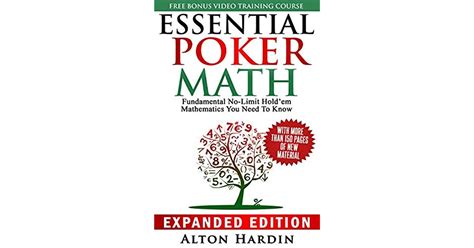Poker is a game that involves a lot of strategy and math. One crucial aspect of poker is understanding equity and hand combinations. In this article, we will explore the concepts of fold equity, equity and drawing hands, and hand combinations.
Fold Equity
Fold equity refers to the probability of getting an opponent to fold. For example, if you think there's a 33 percent chance an opponent will fold to a bet in a $100 pot, you have 33 percent fold equity ($33) in that pot. If you find yourself in a situation where your opponent probably isn't folding no matter what, you have no fold equity. In these situations, bluffs no longer work and you must adjust your strategy accordingly.
Equity and Drawing Hands
It's critical to know the probability of completing a flush or straight draw when calculating pot odds on the flop or turn. For example, if you flop a diamond flush draw, you hold two diamonds and two more diamonds are on the board. This leaves nine diamonds left in the deck, and if one of them hits on the turn or river, you've made your flush. In that scenario, you have nine outs, or nine cards that can come to complete your draw.
When you flop a flush draw, you have a 35% chance of making a flush on the turn or river. If your flush misses on the turn, you have a 19.6% chance of completing the flush on the river. Flush draws and open-ended straight draws represent the two most common kinds of draws you'll see on the flop.
Hand Combinations
There are 52 cards in a deck, 13 of each suit, and 4 of each rank. This means there are:
- 16 possible hand combinations of every unpaired hand
- 12 hand combinations of each unpaired offsuit hand
- 4 hand combinations of each suited hand
- 6 possible combinations of each pocket pair
There are 1326 total combinations of all hands that can be dealt pre-flop, from Aces to 3-2 offsuit. Here's a visual representation of each hand type's possible combinations:
Suit combinations for each hand type
As you may have noticed, you are three times more likely to be dealt an offsuit hand than it's suited counterpart. This is what makes suited hands so valuable. Flushes are very hard to make and even harder to beat. Starting out with a suited hand gives you a great chance at a hand that's tough to beat and can win a big pot.
If you want to quickly reference combos, you can use a Hand Matrix program, such as Poker Equilab.
For more on how to evaluate and use hand combos as a weapon, check out this extended article on the topic.
